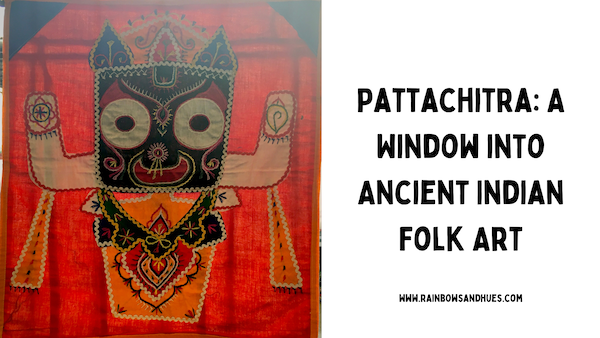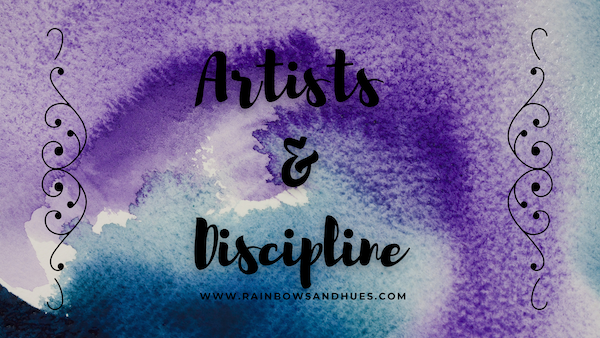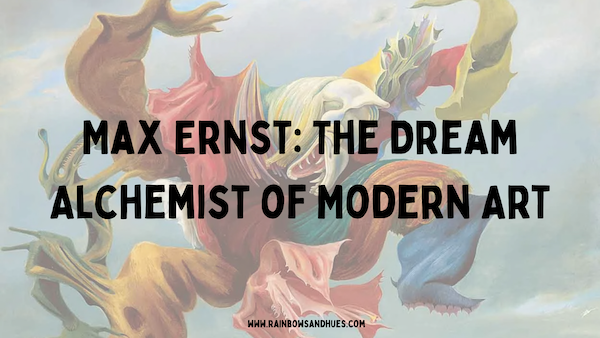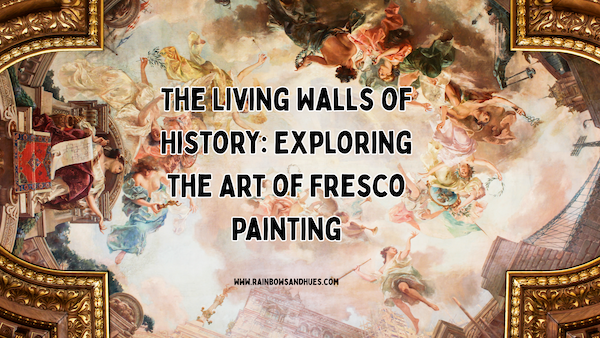Pattachitra is one of the oldest and most revered folk art forms in India, with roots deeply embedded in the cultural and religious practices of the region. Originating from the states of Odisha and West Bengal, this art form is renowned for its intricate details, mythological narratives, and vibrant colours. The term Pattachitra is derived from the Sanskrit words Patta, meaning cloth, and Chitra, meaning picture. Thus, Pattachitra refers to the practice of painting on cloth, though it is also done on other mediums like dried palm leaves and earthen pots.
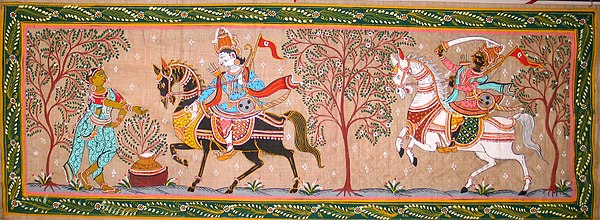
The Origin of Pattachitra
The origins of Pattachitra can be traced back to the 5th century BC in Odisha, where it evolved as an art form closely associated with the Jagannath cult. Pattachitra paintings were originally created by the Chitrakars, a community of artists who were traditionally temple painters. These artists depicted scenes from Hindu mythology, particularly stories related to Lord Jagannath, an incarnation of Lord Vishnu, and the ten incarnations of Vishnu known as the Dashavatara. The art form was primarily used as a medium to narrate religious stories and was displayed during various rituals and festivals.
Also Read:
In West Bengal, Pattachitra evolved with a slightly different style and subject matter. The Bengal Pattachitra is more focused on narrative scroll paintings, where the artists, known as Patuas, often combined painting with singing. These scrolls, known as “Jadu Patua” or “Chalchitra,” depict scenes from Hindu mythology, tribal folklore, and social themes. The Patuas would unroll the scrolls in front of an audience and sing the stories depicted in the paintings, making it a form of visual storytelling.
Famous Artists of Pattachitra
Pattachitra has been kept alive through generations by master artists who have dedicated their lives to perfecting and preserving this ancient art form. Some of the most famous Pattachitra artists include:
- Raghunath Mohapatra: A Padma Shri and Padma Bhushan awardee from Odisha, Raghunath Mohapatra is renowned for his contribution to the Pattachitra art form. His work is known for its precision and adherence to traditional styles.
- Annapurna Maharana: Also from Odisha, Annapurna Maharana is another celebrated Pattachitra artist who has contributed significantly to the revival and popularization of this art form.
- Kalam Patua: A contemporary artist from West Bengal, Kalam Patua has brought modern themes and styles into Pattachitra while still respecting its traditional roots. His work is recognized globally and has been exhibited in numerous international galleries.
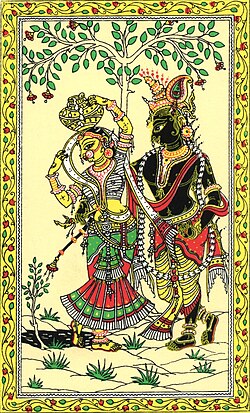
Some Lesser-Known Facts
While Pattachitra is a well-known art form, several lesser-known facts add to its richness:
- Natural Colors: Pattachitra artists traditionally use natural colours derived from plants, minerals, and other organic sources. For example, the colour white is made from conch shells, while black is obtained from lamp soot.
- Canvas Preparation: The canvas for Pattachitra paintings is usually prepared by soaking old cotton sarees in a mixture of chalk and tamarind seed paste, and then drying them to create a smooth surface for painting.
- No Use of Modern Tools: Traditionally, Pattachitra artists do not use modern tools like brushes. Instead, they use very fine bamboo sticks wrapped in cotton to paint intricate details.
- Storytelling Tradition: In Bengal, Pattachitra is not just an art form but a storytelling tradition. The Patuas are both painters and storytellers, and their songs are often as important as the paintings themselves.
Global Influence and Recognition
Pattachitra has gained international recognition for its unique style and cultural significance. The art form has been exhibited in various global art galleries and has influenced artists worldwide. Many contemporary artists, both in India and abroad, draw inspiration from Pattachitra’s detailed and narrative style.
In addition to exhibitions, Pattachitra has been incorporated into modern design, fashion, and home décor. Designers use Pattachitra motifs in textiles, jewellery, and even digital art, bringing this traditional art form to a broader audience.
Relevance in Movies
Pattachitra, with its rich cultural heritage and visually striking aesthetics, has found relevance beyond traditional art galleries and homes. In recent years, it has made a notable impact in the world of cinema. Filmmakers have increasingly recognized the potential of this ancient art form to enhance storytelling, create unique visual experiences, and bring a touch of authenticity and cultural depth to their films.
As a Storytelling Medium
One of the most significant contributions of Pattachitra to movies is its role as a storytelling medium. Just as Pattachitra has historically been used to narrate mythological tales, filmmakers have employed it to tell stories on the silver screen. The intricate designs, vibrant colours, and mythological themes depicted in Pattachitra make it an ideal choice for films that explore Indian folklore, mythology, or cultural history.
For example, in films set in rural or traditional Indian settings, Pattachitra can be used to depict cultural narratives, adding an authentic layer to the visual storytelling. The use of Pattachitra-style animation or artwork within the film can convey complex stories, especially those rooted in Hindu mythology or local legends.
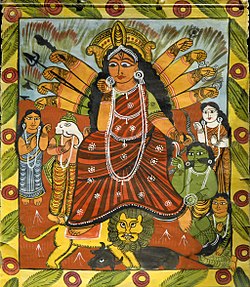
In Film Aesthetics and Design
The unique aesthetics of Pattachitra have also inspired set design, costume design, and overall visual style in movies. Filmmakers often look for ways to incorporate traditional art forms into their cinematic language, and Pattachitra’s bold lines, intricate patterns, and vibrant palette offer a distinctive look that can enhance the film’s visual appeal.
In period films or movies that focus on Indian heritage, incorporating Pattachitra elements in the background, costumes, or even the credits can create an immersive experience. For instance, a film might feature Pattachitra motifs in the design of a palace interior or the attire of the characters, subtly reinforcing the historical or cultural setting of the story.
In Animation and Visual Effects
With advancements in technology, Pattachitra has also found a place in animation and visual effects in movies. Filmmakers have used digital techniques to bring Pattachitra-style artwork to life, blending traditional art with modern animation. This approach can be seen in animated sequences or title sequences of films, where Pattachitra’s intricate designs are animated to move and interact with the story, creating a fusion of old and new artistic expressions.
For example, an animated film or a historical epic might use Pattachitra-inspired sequences to depict ancient battles, religious stories, or legendary tales. This not only preserves the essence of the traditional art form but also introduces it to a global audience in a format that is engaging and accessible.
Cultural Significance and Global Reach
The use of Pattachitra in movies also plays a role in preserving and promoting Indian culture on a global platform. When films featuring Pattachitra elements are screened internationally, they introduce audiences to this lesser-known art form, sparking interest and appreciation for India’s rich artistic traditions. This cultural exchange can lead to a broader recognition of Pattachitra, encouraging its preservation and continuation.
Moreover, movies that incorporate Pattachitra often do so with a sense of respect and authenticity, ensuring that the art form is portrayed accurately and meaningfully. This helps to preserve the cultural integrity of Pattachitra while allowing it to evolve and find relevance in contemporary media.
Notable Examples and Influence
While the direct use of Pattachitra in mainstream cinema might still be limited, there have been notable examples where traditional Indian art forms have been beautifully integrated into films. For instance, Satyajit Ray, the legendary filmmaker from West Bengal, was known for his attention to cultural details and often incorporated elements of Bengali art and culture in his films.
In more recent times, filmmakers exploring mythological or folk themes have drawn inspiration from traditional arts like Pattachitra. For instance, animated films or sequences in Indian cinema that explore mythological stories often use a style reminiscent of Pattachitra to stay true to the cultural context of the narratives they depict.
Pattachitra is more than just an art form; it is a cultural treasure that has been passed down through generations. From its origins in the temples of Odisha to its global recognition today, Pattachitra continues to captivate audiences with its intricate designs, vibrant colours, and rich storytelling tradition. Whether you are an art enthusiast or someone new to this art form, understanding Pattachitra is a journey into the heart of India’s cultural heritage. By learning about its history, famous artists, and the process of making a Pattachitra, one can truly appreciate the skill and dedication that goes into each piece.
Also Read: Lippan Art: A Unique Blend of Tradition and Craftsmanship
***
Hop over to www.rainbowsandhues.com to explore exciting offers on arts & craft supplies on our website!
Follow @rainbowsandhues on Instagram to get regular information on new products and deals!

